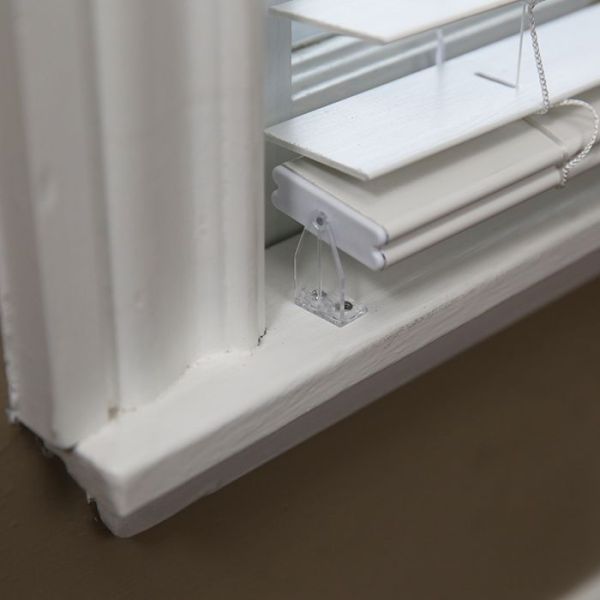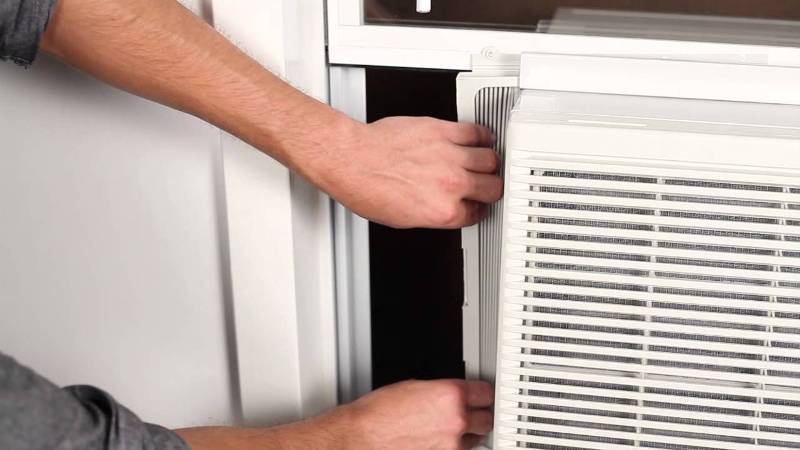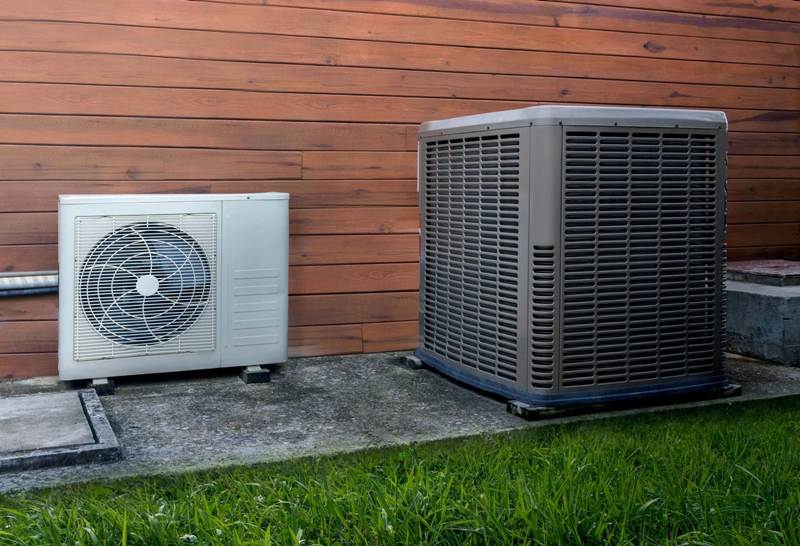Air conditioning is one of the greatest innovations in home construction. Not only does air conditioning make your home more comfortable, but it also provides important health benefits for people who cannot tolerate excessive heat and humidity.
Most homes and businesses built in the warmer parts of the country have central air included when they’re built. However, older homes may not have a system. In other cases, you may make an addition to your home that is too large for the existing central unit to handle. You may also have a shop or garage that could use a step up in comfort, or you may just have a room in the home that stays a little too hot and could use some help.
If you’ve decided to install a window unit, here are some important steps to guide you through a safe and effective installation.
Choose the Location

Your chosen room may have more than one window. This will leave you with a decision to make. For cosmetic purposes, you may not want to use the front window. However, there are some practical things that should take priority overlooks. Choose a location where the unit’s condensation can drip off without causing a safety hazard or a mess. Your unit will also run more efficiently if it’s on the side with afternoon shade. Get a free consultation about the choosing location from Air conditioning in Houston.
Determine Opening Size
Of course, another important factor in the location of your air conditioner is whether it will fit in the space you want to use. Before shopping for the unit, measure the space available in your chosen opening and compare those dimensions to those included on the unit’s packaging. Be careful not to buy one that won’t fit!
Confirm Power Availability
Most air conditioners have a reasonably long power cord, but sometimes even the longest ones won’t reach. Many of the older homes that lack a central unit also have fewer electrical outlets. Never use an extension cord for an air conditioner. The best solution is to shop for a unit with a longer cord, choose a different window, or have a qualified electrician relocate a receptacle to the right place.
Check the Electrical System
Air conditioners pull considerable power. There have been many instances of homeowners installing them only to find that they trip breakers in the home. Check your unit’s power demand and talk to an electrician about whether the chosen circuit can handle the load. If it can’t, select a smaller unit or a different location, or consider an electrical upgrade.
Locate the Center of the Opening
Now that we have the planning stages complete, it’s time to install the unit. Find the center of your window opening. This will make sure the unit looks nice in its new home. It will also balance the weight on the opening and prevent the window track and trim from warping. If the unit doesn’t have a center mark, draw one on it and make sure to align the two marks as you mount it.
Install Weatherstripping

Every opening in your home should be tightly sealed. That includes windows and doors, as well as the spaces around a window unit air conditioner. Use the weatherstripping that came with your unit to get a tight seal. Your home will be more energy-efficient, and you’ll also be able to keep moisture and insects from getting into your home. The weatherstripping will also provide padding for the unit so that you don’t damage it as you install it or if you need to remove it later.
Attach Side Panels
Your window unit will be somewhat smaller than your window opening. That’s why the unit includes side panels that attach to the air conditioner and fill the rest of the opening. These are designed to be installed on the side of the unit before it is placed in the window, so make sure you don’t forget this step. If you do, you will either have a difficult installation process later or you’ll have to pull the unit back out.
Place the Unit
Here’s where you will want some help. Not only will the unit be heavy and awkward to pick up, but it will also be so large that it’s tough to see both sides and those important center marks. Air conditioners may have square edges that are painful or dangerous to grasp, and that makes a good pair of gloves a necessity as well. Carefully move the unit through the opening and then rest it on the windowsill, then close the window on it.
Install Window Brackets

The last thing you want is for your unit to fall out the window. The most common cause for this type of mishap is a window sash that gets moved up. Install a set of L-brackets on the window to hold it in place. This will prevent it from being opened and allowing the unit to fall out. The window may also open just enough to create a draft, and the L-brackets will also help prevent loss of your cool (or warm) air to the outside, saving your money on your energy bill.
Position Side Panels
Once the unit is fully secured and ready to use, your final step is to position the side panels. This is fairly simple. They are typically made in an “accordion” design that simply stretches as far as necessary to seal the gap. Make sure you get the panels fully extended and secured at the window’s outer edges.
Now that you’ve safely installed your air conditioner, it’s time to connect the power and put it to work. Using it in a home that lacks a central system will improve your comfort and health. Adding a window unit in a hot part of a home with a central unit will make that space more usable and keep you from overworking your system to compensate for the hotter room. With good planning and these instructions, your air conditioner will be ready to use in no time.






